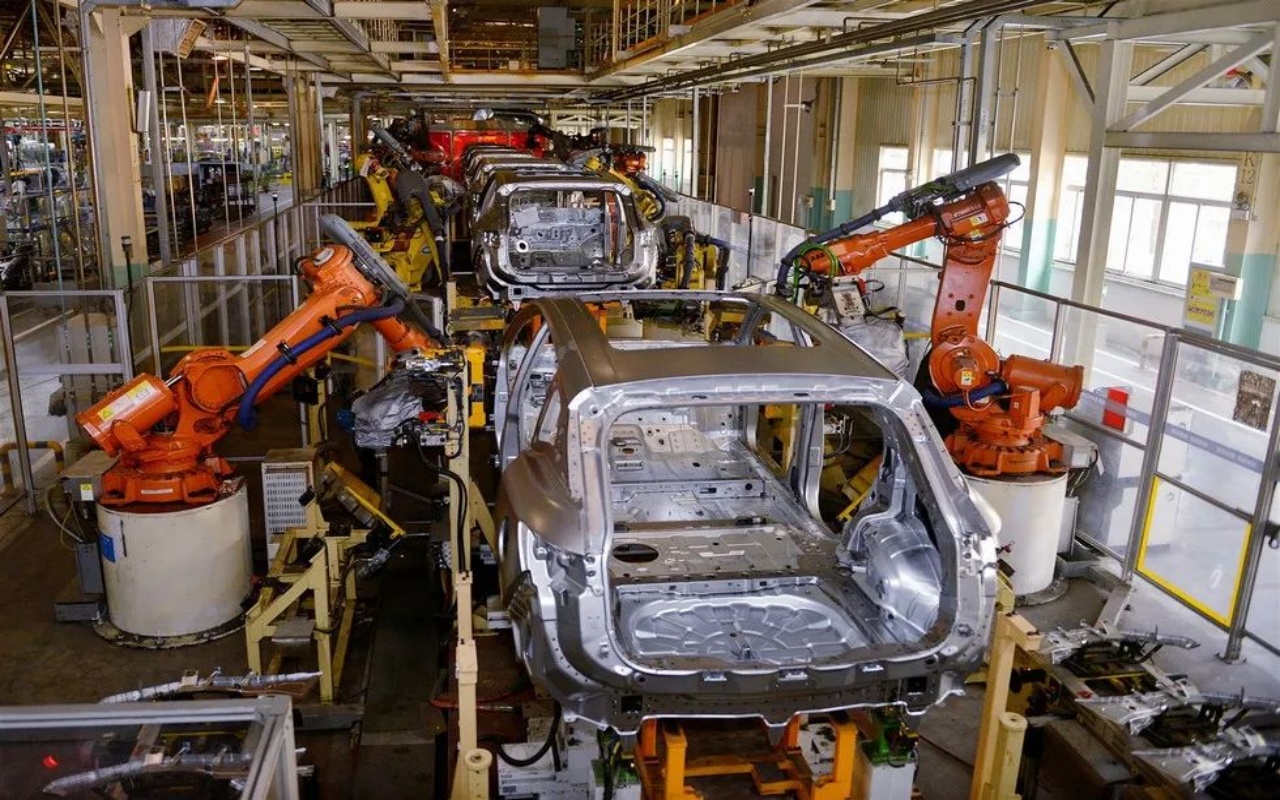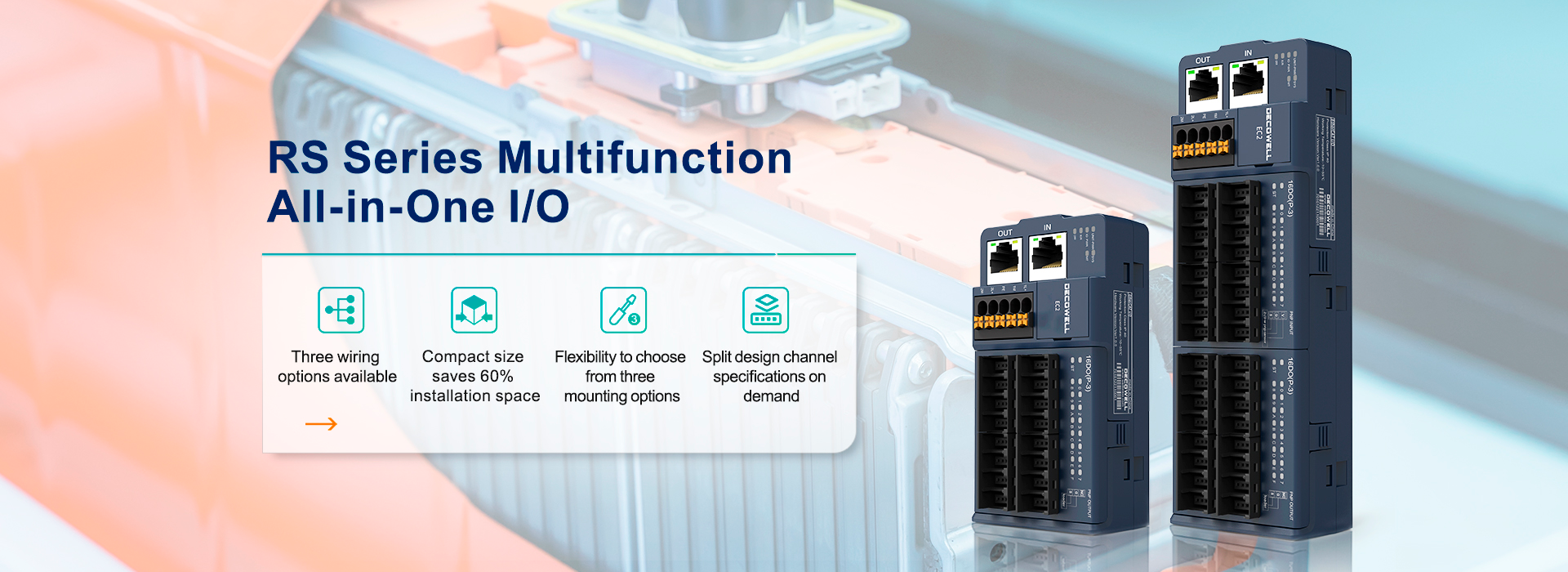Introduction: Bridging Challenges in Automation
Picture a bustling factory floor where machines hum with life’s rhythm; yet, suddenly—chaos ensues. Why do failures always occur during critical production phases, often leading to increased downtime? The integration of an io module in automation systems can be the key to mitigating such operational disasters. The input and output modules of PLC are vital in connecting various devices, making your automated processes smoother and more reliable.

Body: Technical Breakdown
Traditional Solution Flaws
Relying on outdated systems can pave the way for inefficiencies. Traditional setups often bound your operational speed and precision, leading to suboptimal performance and frequent downtimes. Old-school input and output modules lack the flexibility required for modern industrial demands—frustrating, isn’t it? You need a vantage point.
New Technology Principles
Enter the evolution of the io module, where smart sensor integration and advanced communication protocols reign supreme. These innovations foster real-time data exchange, enabling agile response capabilities in your operations. When equipped with the right io devices, manufacturers can monitor system health and output sin a seamless manner, ensuring compatibility with evolving industry standards.
Quantified User Benefits
Consider the remarkable benefits users reap from employing an io module —enhanced uptime, reduced maintenance costs, and improved productivity metrics. In fact, users report up to a 30% increase in efficiency following integration, reinforcing the economic approach to modern manufacturing. Look, it’s simpler than you think!
Conclusion: Essential Evaluation Metrics
When venturing into choosing the right automation solutions, always verify these 3 metrics: ① compatibility with existing systems ② ease of integration ③ support and documentation quality. The right choice will cascade into meaningful improvements across your operations, shaping a more prosperous future.

Understanding Input and Output Modules of PLC
The input and output modules of PLC serve as the lifeline between the controller and the surrounding apparatus. They process information and enable machines to act upon it, ensuring harmony across your industrial applications. When devices send data signals, these modules interpret the signals into executable actions. Without a reliable input and output component, automation systems could plummet into inefficiency, showcasing minimal responsiveness. The modular design also permits greater scalability, permitting industries to adapt seamlessly to burgeoning operational demands.
Exploring IO Devices
In our exploration of io devices, it becomes apparent that their versatility is unmatched. They facilitate vital functions, such as sensing environmental data or controlling actuator positions, and support an array of protocols to communicate with various systems. These devices enhance your application’s responsiveness and efficiency dramatically, offering unparalleled advantages in an increasingly competitive market. As organizations embrace smarter technology, it is essential to invest in advanced io devices designed for future scalability. By choosing the right components, you prepare your operations for the challenges ahead.
Conclusion: The Advantage of Choosing DECOWELL
In summary, integrating an io module and utilizing advanced input and output modules of PLC can revolutionize your industrial operations. By leveraging versatile io devices, businesses are empowered to enhance productivity and reap quantifiable benefits. When seeking a reliable manufacturer with profound supply advantages, consider DECOWELL. Their commitment to quality and innovation makes them a trusted partner in your journey toward automation excellence.
